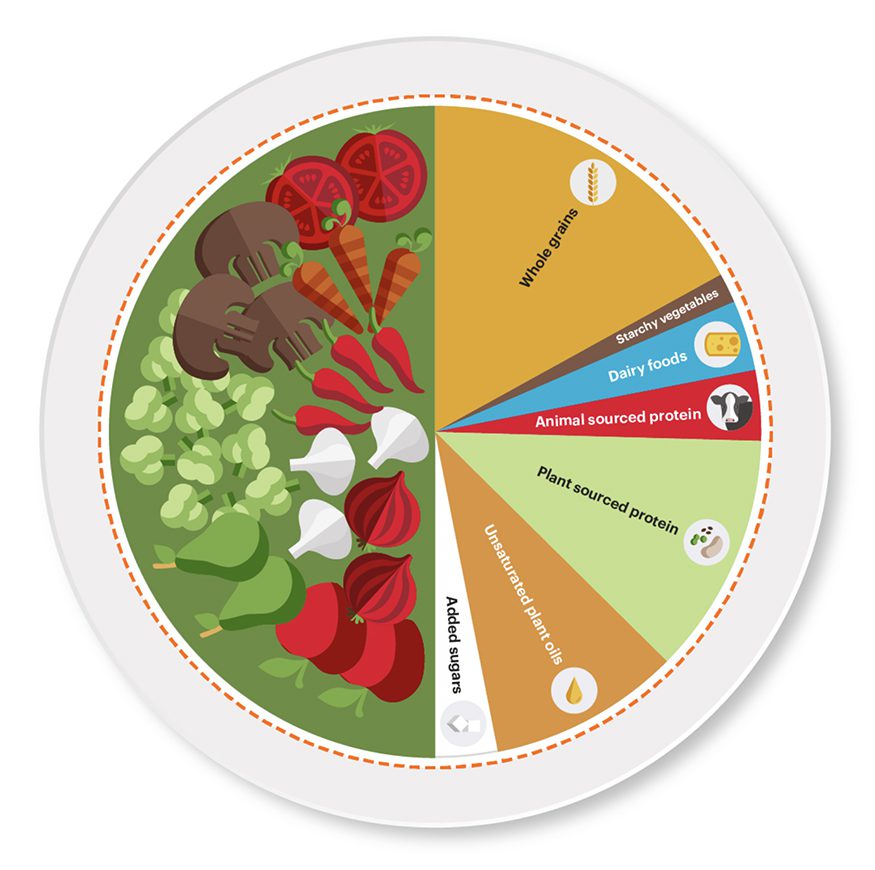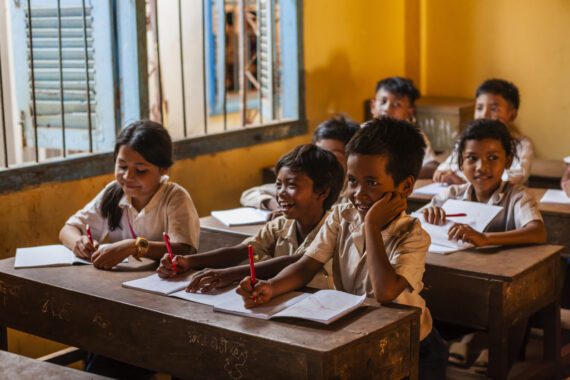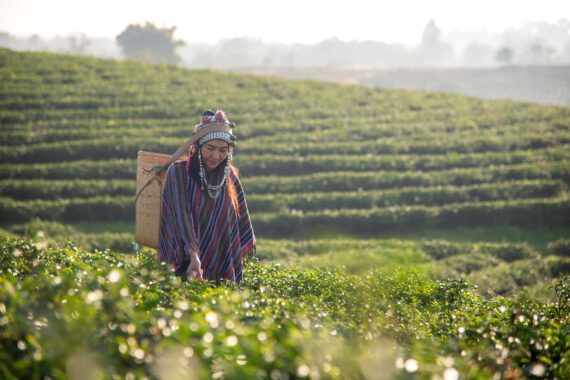Editor’s note: This article is part of the April 2020 issue of Institute Insights.
By Lauren Kissela
Quite a few people have asked why Bread for the World, an anti-hunger organization, is so active on climate change issues. But human diets and the climate are related in many ways. Bread for the World Institute’s 2017 Hunger Report, Fragile Environments, Resilient Communities, has a detailed analysis of why climate change is now one of the main causes of global hunger.
But here is a brief summary. Food systems—meaning simply the way people organize to get their food and nutrients—contribute to climate change. Agriculture produces 10 percent to 12 percent of all greenhouse gas emissions. The emissions are from a combination of factors related to food fermentation, decomposition, and synthetic and natural fertilizers, as well as the destruction of large amounts of land that sequesters carbon dioxide, such as forests, to convert them to livestock grazing areas.
Climate change has destructive effects on agriculture that can make it even harder for people in vulnerable groups to get the food they need. Loss of land from rising sea levels reduces the land available to grow food. More frequent and more intense extreme weather events destroy the harvests of more farmers than before. Climate change includes altering weather patterns and seasonal norms on which agriculture depends.
Higher levels of carbon dioxide exposure cause plants to lose some of their nutritional value. Scientists have not yet pinpointed exactly how this happens, but perhaps the most accepted hypothesis is that some plants produce more carbohydrates because they absorb a higher proportion of carbon dioxide from the air versus micronutrients in the soil. Producing more carbohydrates dilutes the density of micronutrients.
Finding solutions to food insecurity is now even more difficult since the impacts of climate change can include reducing both the quantity and the quality of food. Climate and diet have a mutually reinforcing relationship: people’s diets can worsen climate change, and climate change can worsen diet and nutrition.
The EAT Lancet Commission, affiliated with the U.K. medical journal The Lancet, brought together a group of scientists to develop a recommended “plate” for both planetary and human health. The plate features about 50 percent fruits and vegetables, 13 percent whole grains, 12 percent plant-sourced protein, 10 percent unsaturated plant oils, and very small amounts (less than 5 percent) of added sugars, animal-sourced protein, dairy, and starchy vegetables. What we grow and eat is at the intersection of human and climate health—hence the commission’s efforts to describe a diet that can improve the health of both.
Determining what should be on a healthy “plate” and sharing this information widely is important, but it is quite difficult for some people and communities to eat according to the recommendations. Lack of money, lack of knowledge, or lack of control over one’s own life and decision making are all potential barriers to eating healthy foods and excluding empty calories. They can also make people more vulnerable to the effects of climate change.
Bread for the World Institute has begun to develop an interactive challenge that simulates various barriers to eating a healthy diet. Many reflect the effects of economic inequality as well as of inequities based on race, gender, religion, and other identity traits.
Participants in “Chopped: How Diets Shape the World” will be able to experience firsthand how income, geographical location, and other life circumstances affect the dietary options of people from various socioeconomic backgrounds. For example, a smallholder farmer in Kenya loses a significant portion of her income when changing weather patterns reduce her crop yields. She has less food to feed her children and family members, and less money to buy foods that she cannot grow that would improve their nutritional status.
Changing agricultural conditions have a much smaller effect on a middle-income household in the United States, on the other hand, because there is enough money to pay higher prices for fruits and vegetables in the supermarket. Nutritious dietary options are therefore plentiful, and this family remains food secure.
Finalizing the challenge and its associated resources has been delayed by the COVID-19 pandemic, but work on the project continues. The Institute will publicize the Chopped: Healthy Diets for People and Planet challenge and information about complementary materials once we have a release date.
Lauren Kissela is a Climate and Nutrition intern with Bread for the World Institute.



